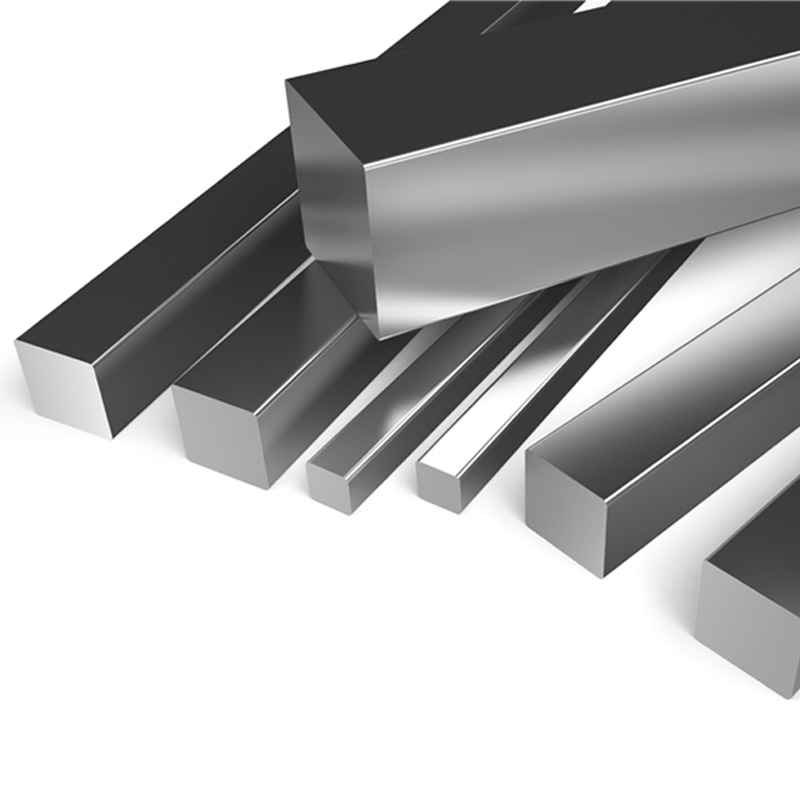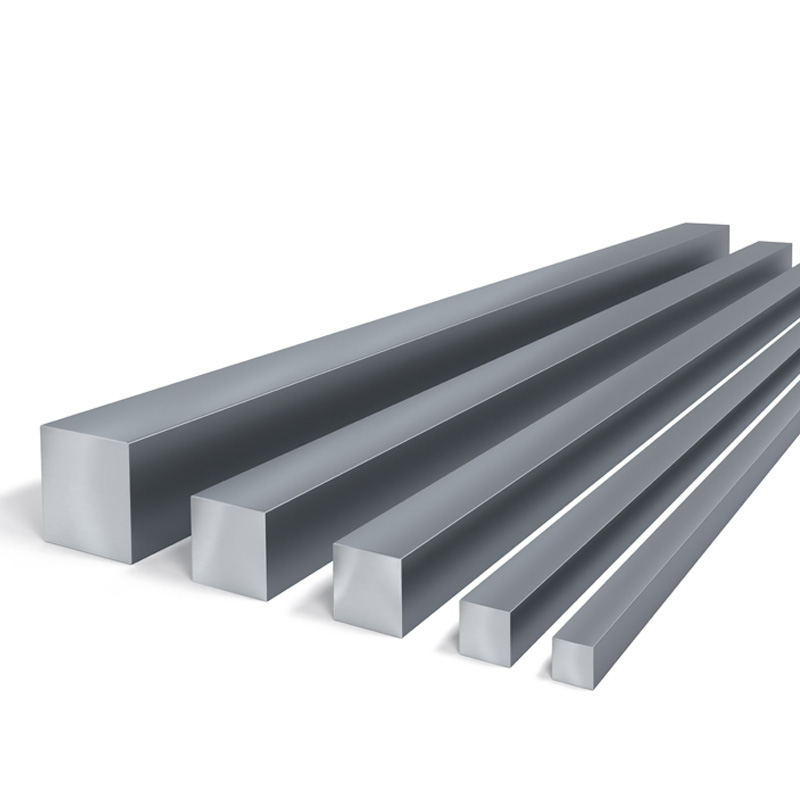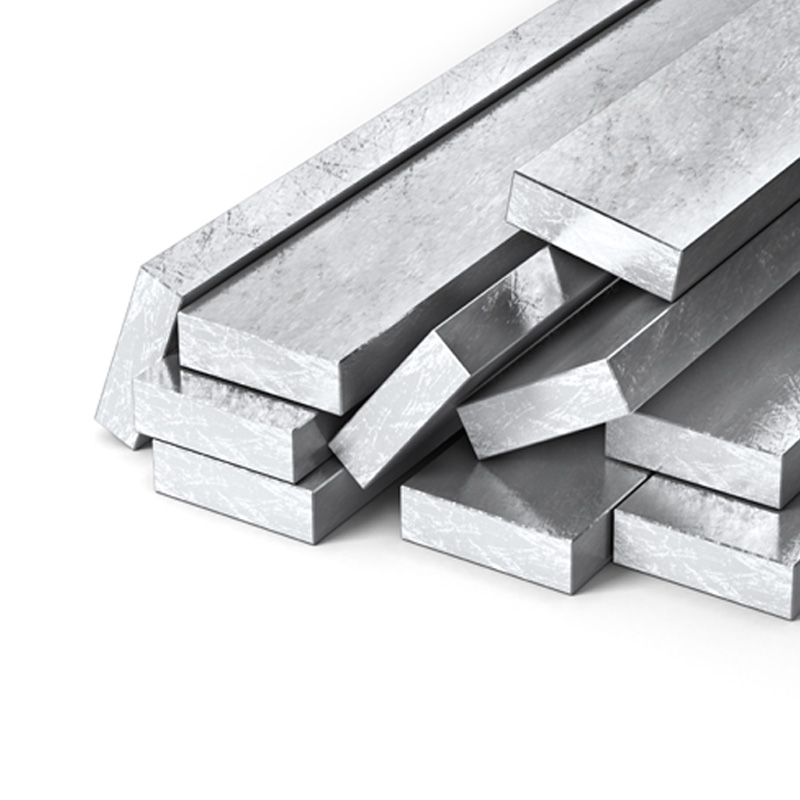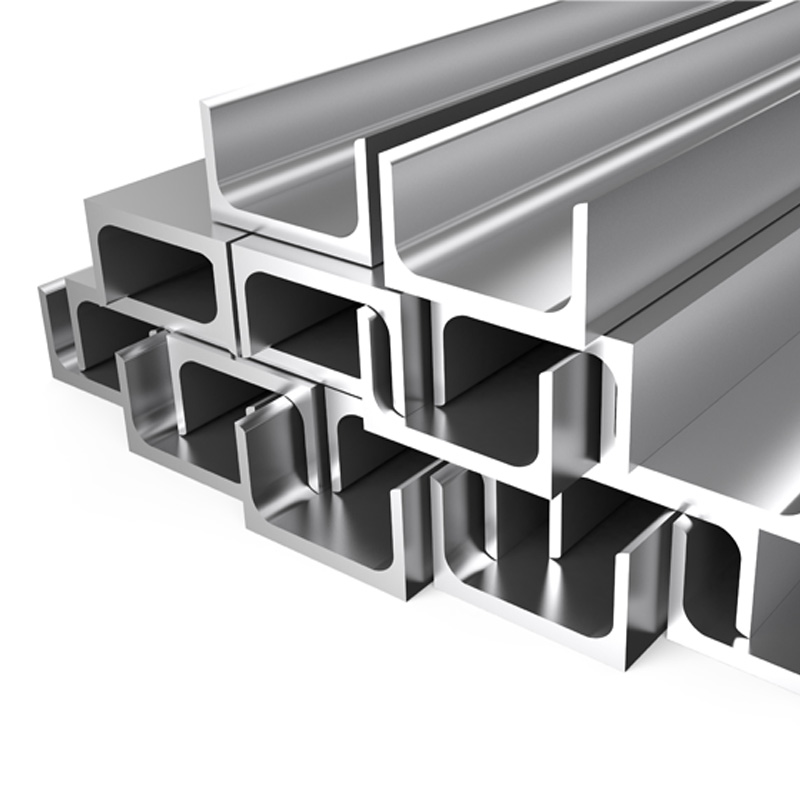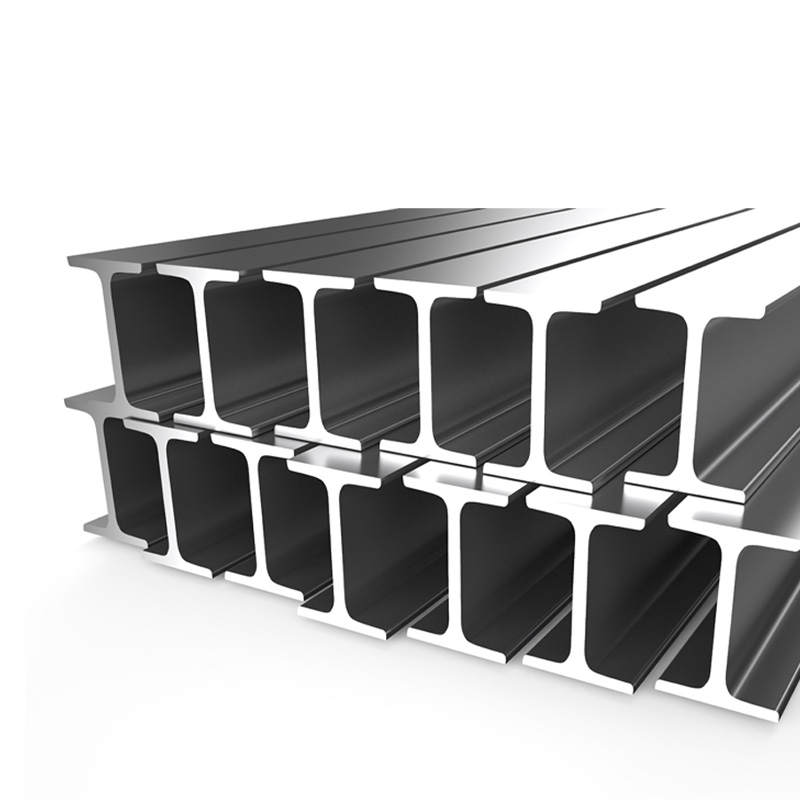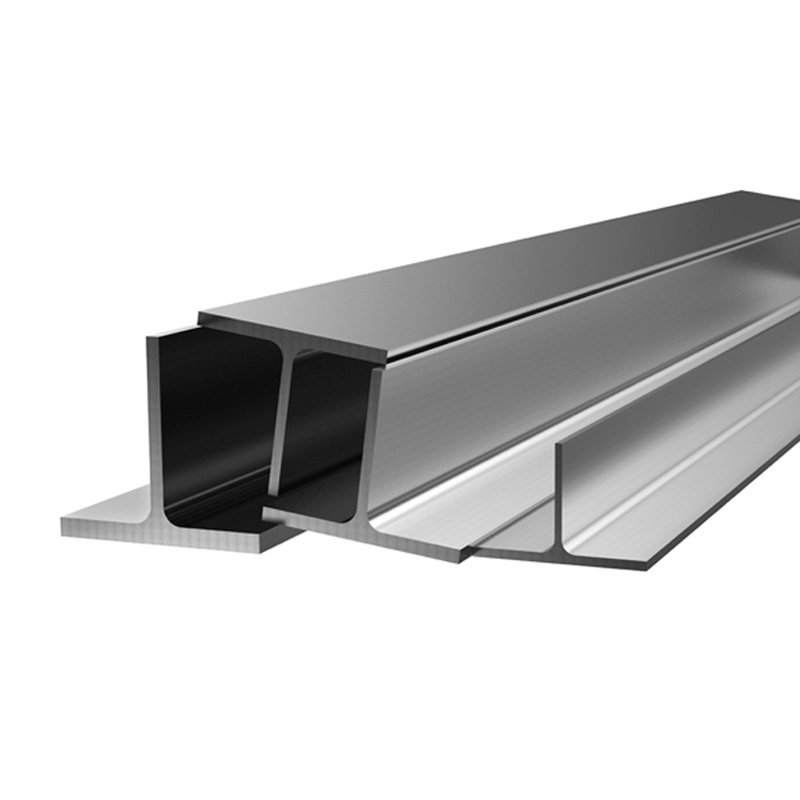Square solid iron is a type of material frequently preferred in various fields such as construction, machinery manufacturing, furniture, and industry. Due to its durability, long lifespan, and easy machinability, it holds an important place in many sectors.
Square solid iron are metal bars with a square cross-section and a solid structure. They are typically made of steel and can be found in various sizes, lengths, and weights. This material is ideal for applications requiring strength. For example, it is commonly used in structural steel frames, machine parts, and decorative items.
Square solid iron weights vary and adapt to different applications depending on their dimensions. This material stands out especially due to its durable structure and aesthetic appearance.
Square solid steel offers various applications in many industries. It is commonly used in the following areas:
Construction Sector: Square solid steel is used in structural steel constructions. It provides an important component for durable structures such as columns, bridges, and building frames.
Machinery and Equipment Manufacturing: It is utilized in the production of machine parts, shafts, axles, and support structures. Due to its strength and wear resistance, it is preferred in this industry.
Furniture and Decoration: As an aesthetic material, it is also used in furniture and decoration. It is ideal for table legs, railings, and artistic designs.
Industrial Applications: It is used in factories, construction machinery, and steel building systems. Its resistance to heavy loads, especially in industrial environments, makes it a common solution in this field.
How is Square Solid Iron Produced?
The production of square solid iron is carried out using modern technologies in steel production. Generally, the following stages are followed:
Raw Material Selection: Iron ore, scrap steel, or steel alloys are used as raw materials. The quality of the material affects the durability and workability of the final product.
Melting: The raw material is melted in steel furnaces to become liquid. Carbon, manganese, and other alloying elements are added to obtain steel with desired properties.
Casting and Hot Rolling: The melted steel is cast into molds to be converted into square-section rods. Then, hot rolling is used to precisely adjust the dimensions.
Cooling and Annealing: After rolling, the material is cooled in a controlled manner. The annealing process reduces internal stresses in the steel and makes it easier to work with.
What are the Different Material Types of Square Solid Iron?
Square solid iron can be produced in various material types. Here are the main types:
Carbon Steel: Offers high strength and durability. It is generally preferred in structural applications.
Stainless Steel: Used in environments where corrosion resistance is important. It is ideal for decorative and industrial applications.
Alloy Steel: More specific physical and chemical properties are achieved by adding alloys to the steel.
Lightweight Alloys: Offers a lighter structure, providing advantages in transport and assembly. These types are commonly used in the furniture industry.
What Methods are Used in the Production of Square Solid Iron?
Different methods can be used in the production of square solid iron. Some of these methods are:
Hot Rolling: Shaping is done at high temperatures. This method is common for large volume production.
Cold Rolling: Used to achieve more precise dimensions and smoother surfaces. It is generally preferred for decorative applications.
Forging and Pressing: Shaping under high pressure increases durability.
Cutting and Grinding: Used for final shaping and sizing.
How are the Cutting and Shaping Processes of Square Solid Iron Carried Out?
Square solid iron is a widely used type of steel in the industrial and construction sectors. Cutting and shaping processes are vital to making this material suitable for its intended use. These processes are usually carried out with professional machines and precise techniques.
Cutting Process:
Cutting Methods: Square solid iron is typically cut to desired dimensions using laser cutting, plasma cutting, or saw cutting techniques. Laser cutting is preferred for its precision and ability to create clean edges, while plasma cutting offers a faster and more economical option.
Preparation: Before cutting, dirt, grease, or rust on the material surface is cleaned. This improves the quality of the cutting process.
Control: After cutting is completed, dimensions are checked for accuracy. This step is crucial to ensure the part meets the project requirements.
Shaping Process: The shaping of square solid iron is carried out using various forging, pressing, or bending techniques. During this process, the material is first heated to a certain temperature and then shaped. CNC machines can be used for shapes that require precision.
How are the Durability Features of Square Solid Iron Tested?
The durability of square solid iron is assessed through various tests and analyses. These tests reveal whether the material is suitable for industrial use and if it can deliver long-lasting performance.
Tensile Test: Used to determine the material's resistance to tensile force. In this test, a square solid iron bar is placed in a machine and stretched to the breaking point.
Compression Test: A method applied to test the material's resistance to compressive force. This test evaluates the square solid iron's ability to bear structural loads.
Hardness Test: The hardness test determines the surface durability of square solid iron. Methods such as Brinell, Vickers, or Rockwell are used for measurement.
Corrosion Test: A corrosion test is applied to examine the durability of square solid iron in humid and acidic environments. This test is particularly critical for areas with high corrosion risk, such as near the sea.
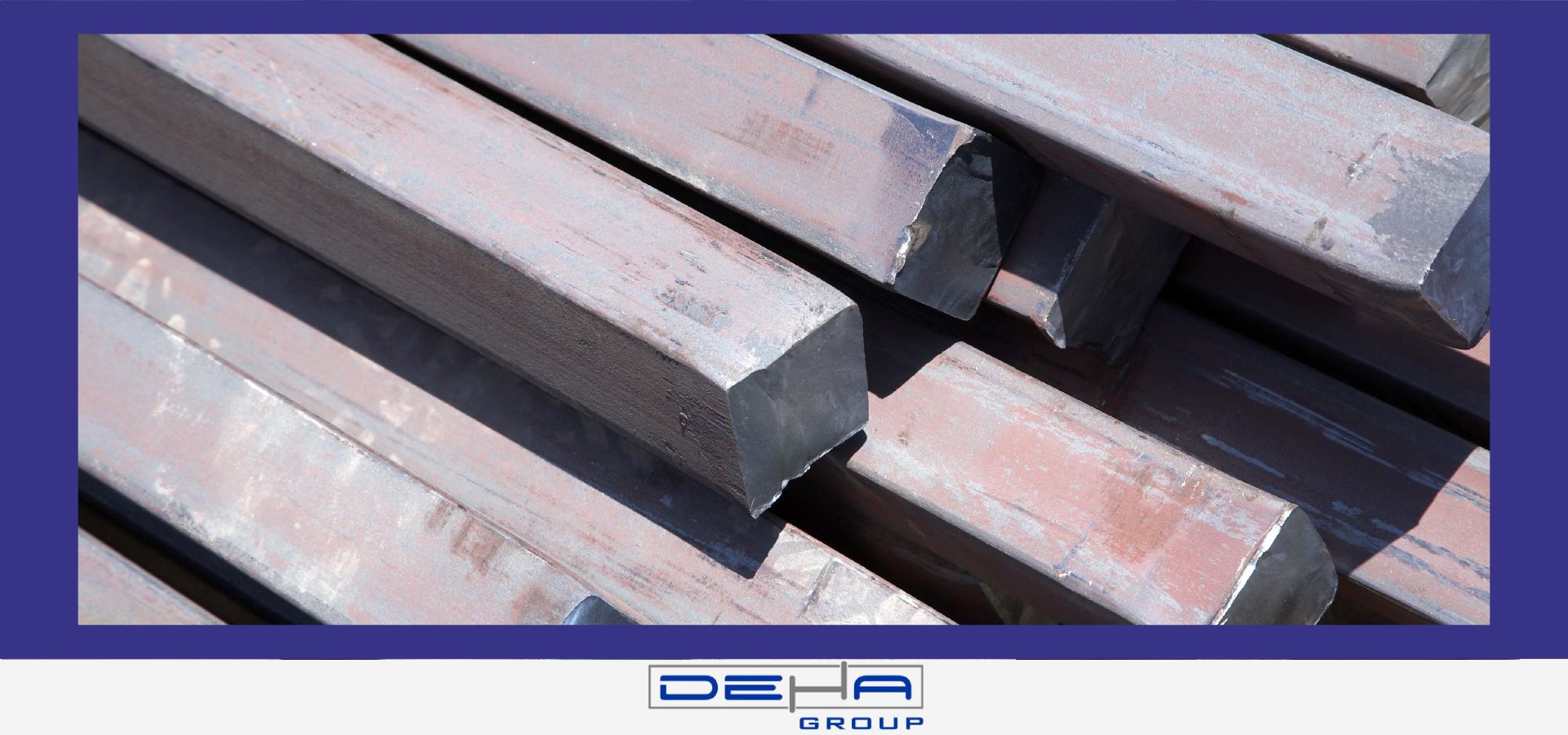
What are the Advantages of Square Solid Iron in Industrial Applications?
Square solid iron is used in various industrial applications due to its durable structure and versatility. The advantages offered by this material can be listed as follows:
High Durability: Square solid iron can withstand heavy loads without deforming due to its high strength level.
Flexibility: Its ease in shaping processes allows for its use in various products.
Raw Material Savings: Its square section reduces material loss, offering more economical solutions.
Use in Different Industries: It is preferred in a wide range, from machinery manufacturing to the automotive sector.
What are the Advantages of Using Square Solid Iron in the Construction Sector?
The construction sector frequently relies on square solid iron due to its durability and stability requirements. The prominent advantages of using this material are as follows:
Load Bearing Capacity: Square solid iron stands out with its ability to carry large loads in structural elements.
Longevity: Thanks to its high durability, it does not undergo shape or structural changes over time.
Aesthetic Solutions: Offers suitable moldability for decorative solutions.
Easy Installation: Being produced in standard sizes accelerates installation processes and provides cost savings.
What are the Differences Between Square Solid Iron and Round Solid Iron?
Square solid iron and round solid iron have different designs and application areas. Here are the main differences:
Section Shape: Square solid iron has a four-cornered section, while round solid iron has a circular section.
Durability: Square solid iron is more advantageous for carrying casting loads due to its angular design. Round solid iron is more resistant to tensile forces.
Usage Areas: Square solid iron is used in structural elements, while round solid iron is typically used for rotating parts like shafts or easels.
Aesthetics: Round solid iron is more frequently used in decorative projects due to its less sharp edges.
Square solid iron is an indispensable material in both industrial and structural projects due to its durable structure and versatility. Knowing the properties and advantages of this material will help you make the most suitable material choice for your projects.

 TR
TR

